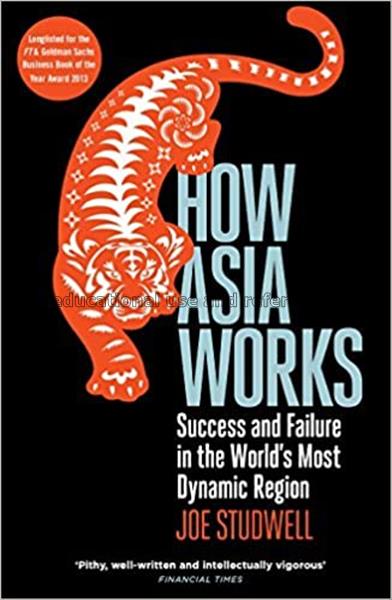How Asia works : success and failure in the world’s most dynamic region / Joe Studwell
Author : Studwell, Joe

The first and most overlooked is to maximize output from agriculture. The second is to direct investment and entrepreneurs towards manufacturing exports. Machines can easily be purchased on the world market, and successful east-Asian governments promoted technological upgrading through subsidies conditioned on export performance. (Exporters were almost invariably better businesses than firms that sold only at home.) The third is to focus capital on the fastest possible technology learning and the promise of high long-term profits, not short-term returns and individual consumption. This tends to pit the state against many businessmen and consumers with shorter-term horizons. Thus, economic development is as simple as one, two, three. Unfortunately, wealthy nations and their economic institutions (the World Bank, the International Monetary Fund) have provided contradictory advice to poor states, despite the fact that no significant economy as ever developed successfully via free-trade and deregulation from the beginning - including the U.S. and Great Britain. Positive intervention has been required in agriculture and manufacturing that fostered early accumulation of capital and technological learning
| Barcode | Call No. | Volume | Status | Due Date | Total Queue | |
|---|---|---|---|---|---|---|
| 1010085828 | EC00372 | On Closed Stack | 0 | Please Login |
Related Book